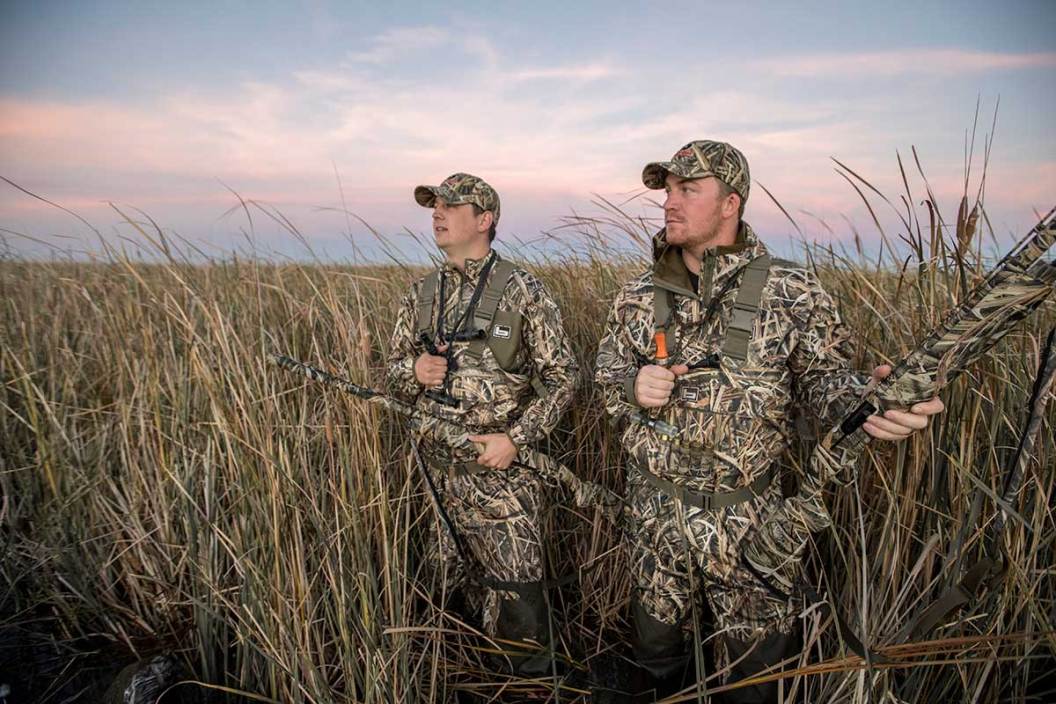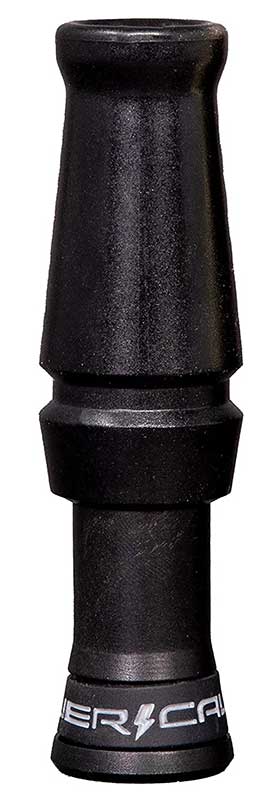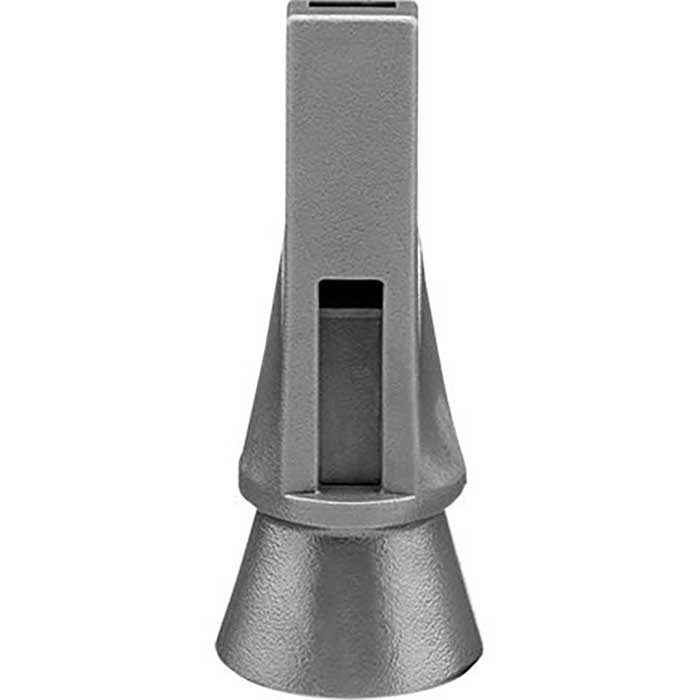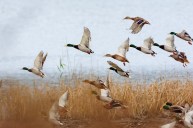Maybe you're new to duck hunting and want to gain a basic understanding of what types of calls to bring into the blind with you. Maybe you're a seasoned hunter but the setup you are currently running just isn't working as well as you'd like. Regardless of the answer, there seems to be a lot of uncertainty around what calls are absolutely crucial to have on your duck lanyard, and what calls might be better left for specific circumstances.
I'm not going to lie, when I first dove head first into duck hunting, the amount of information about duck calls was pretty overwhelming. From single reeds, to doubles, to cutdowns, to J-frames, it all sounded pretty Greek to me. The truth is, it isn't that difficult once you get a baseline of what will consistently work for you. After that, feel free to dive down the extremely deep rabbit hole that is duck calling.
In this article, I will go over four duck calls that every hunter should have around their lanyard regardless of if they are hunting flooded timber in Arkansas or corn fields in Kansas. These four calls will give you everything you need to fool those ducks into coming into your spread, and leave you with more limits, and thus, more breasts on the grill.
Products featured on Wide Open Spaces are independently selected by our writers and editors. However, when you buy something through our links, we may earn a commission.
Single Reed Cutdown
The single reed duck call has long been the lifeblood of waterfowl hunters for years. With a single reed, a hunter can manipulate the sound across a wide range of tones, making it extremely versatile in all situations. I prefer a cutdown style single reed for the simple fact that I am able to hit those loud and aggressive hails and comeback calls when they are needed, but I can also create those soft quacks as the ducks are working. Regardless of where I am hunting, a single reed cutdown is always on my lanyard, and it should be on yours too.
Single Reed J-Frame
There seems to be a good deal of confusion surrounding J-frame calls. In fact, I have found that most hunters will conclude that any call that isn't a cutdown is a J-frame, but this is the furthest thing from the truth. J-Frames get their name from how the insert is curved, creating a "J" like shape, which as a result, alters the pitch. J-Frames offer a great, nasally sound that does the best job at mimicking a more mature hen. From strictly a realistic standpoint, nothing can compare to a single reed J-frame in my opinion. Oftentimes this is the call I will use when hunting small bodies of water, and I don't need to be quite as aggressive. But nevertheless, it's always on my lanyard.
Double Reed Louisiana Cut (LA)
Louisiana-style calls have seemed to grow in popularity over the years, and for good reason. Similar to a J-frame, an LA-style call combines all of the internal components into one single unit that gets inserted into the barrel of the call. LA cuts are great for when you need to hit those high pitched, raspy notes, and the double reed makes it extremely user friendly, allowing for easy manipulation regardless of your skill level. There are several great options for double reed LA cuts on the market, from Singleton, to Rich-n-Tone, to Higdon.
Whistle
The versatility and the effectiveness of a duck whistle is pretty incredible, and you might have to experience it first hand to believe it. While it's not necessarily a traditional duck call, I can use it to mimic several different duck breeds. From pintail, to wigeon to a mallard drake, you can imitate essentially any duck you are after with very little practice using a whistle. Plus, you can pick up a standard duck whistle at nearly every sporting goods store for less than $20, so why not add it to your lanyard? It will only add realism to your setup, believe me.
Duck calling is all about convincing ducks that are flying by to stop in and join the party, and that requires a little bit of persuasion. While you might see professional duck hunters have a massive and fancy calling setup, it really isn't necessary in order to shoot birds. Add these four calls to your lanyard and you'll be limiting out before you know it.









